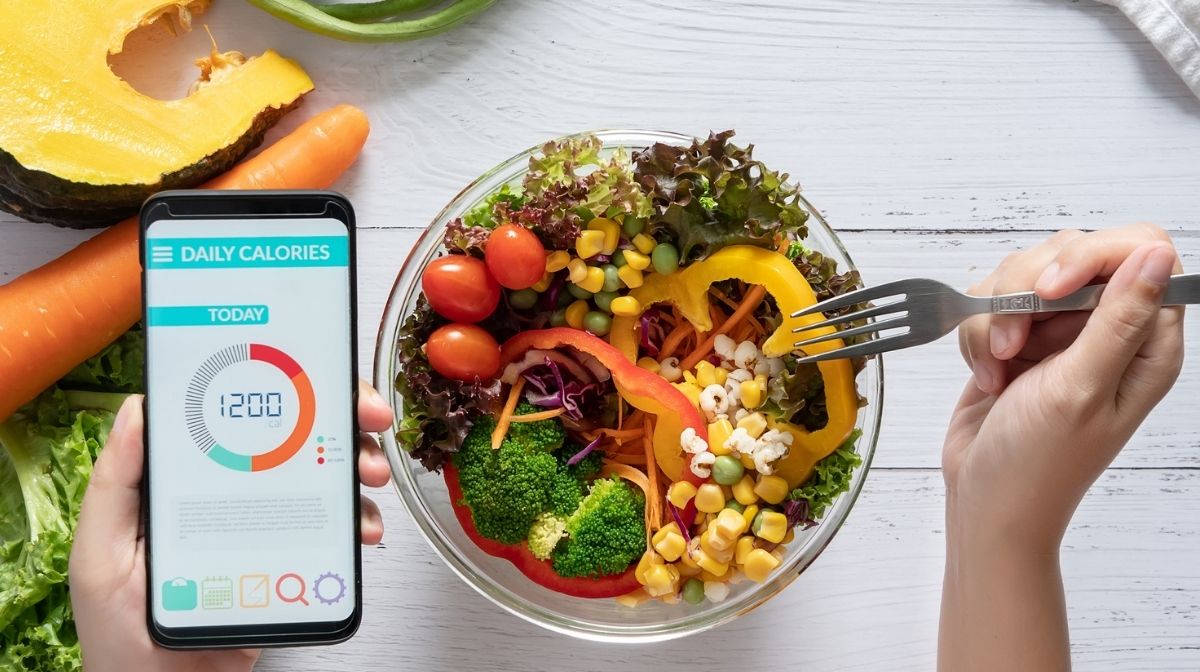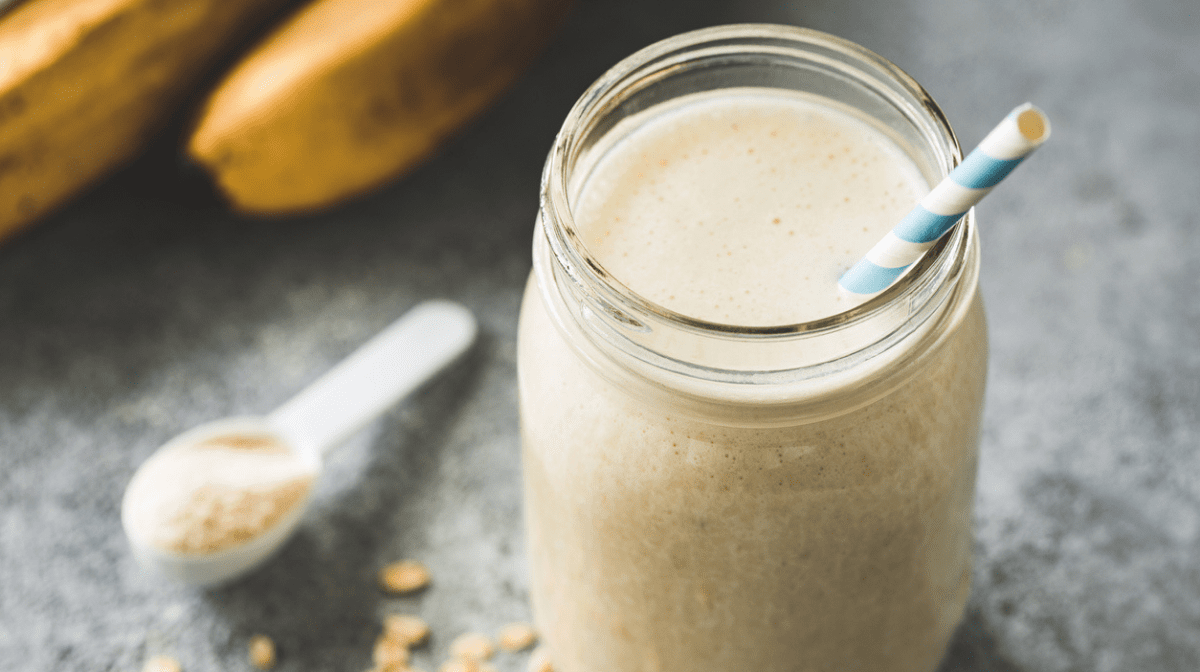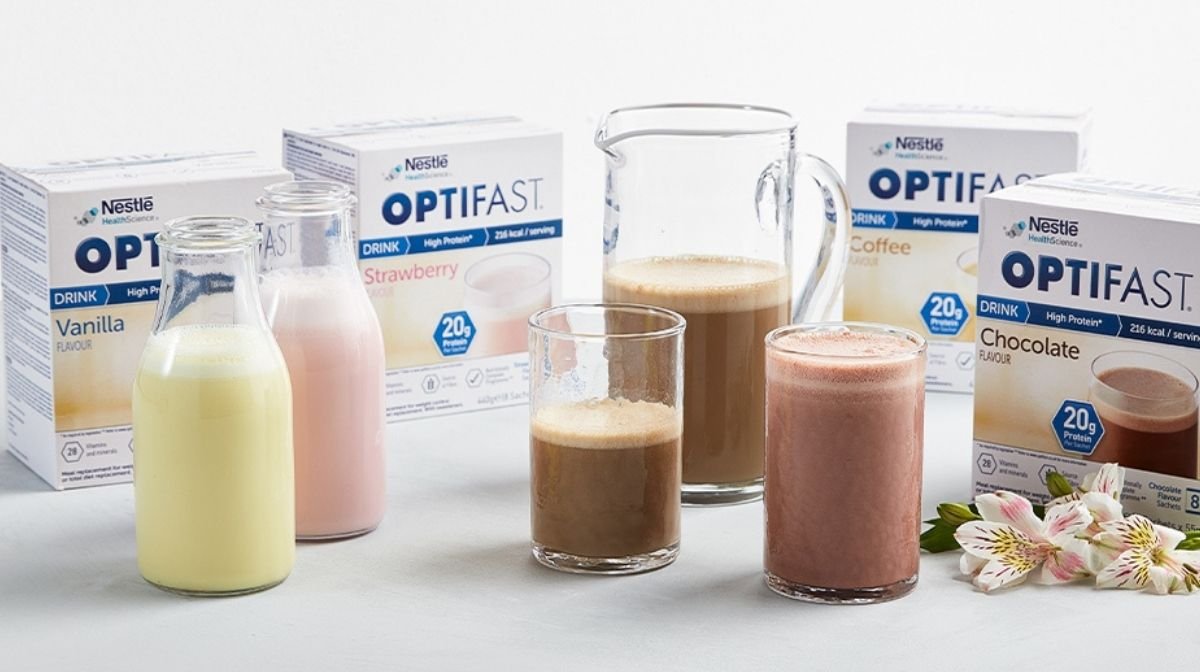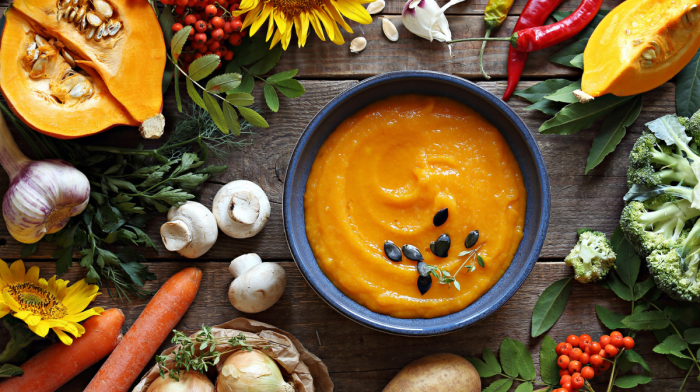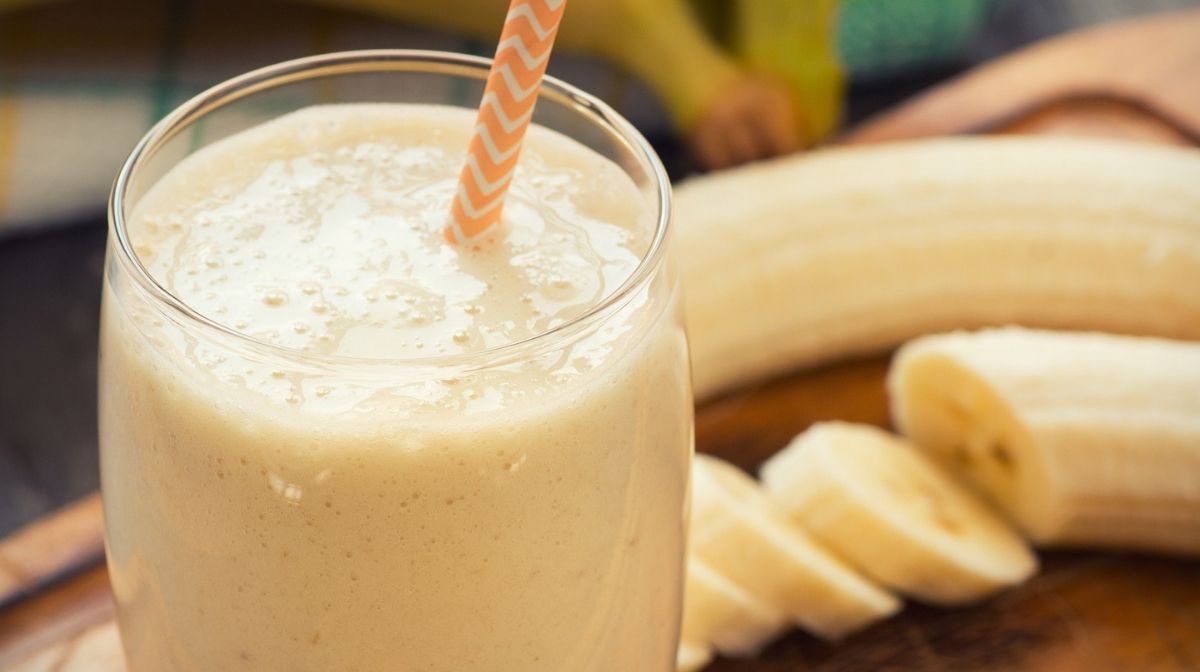Keeping track of your daily calorie intake is key when you’re following a weight loss plan. Your current weight and your overall health goals will determine your daily calorie target, and your GP will be able to advise you on this.
There are lots of different ways to track your calories – you just need to find a way that works for you and that fits into your lifestyle.
1. Plan Ahead
Before starting to track your daily calorie intake, you need to know how many calories you should be aiming for each day.
Once you know your total daily calorie amount, you can plan your meals and snacks in advance. Having a plan and prepared meals will make it easier to stay focused and you’ll be less likely to be tempted and exceed your daily calorie target.
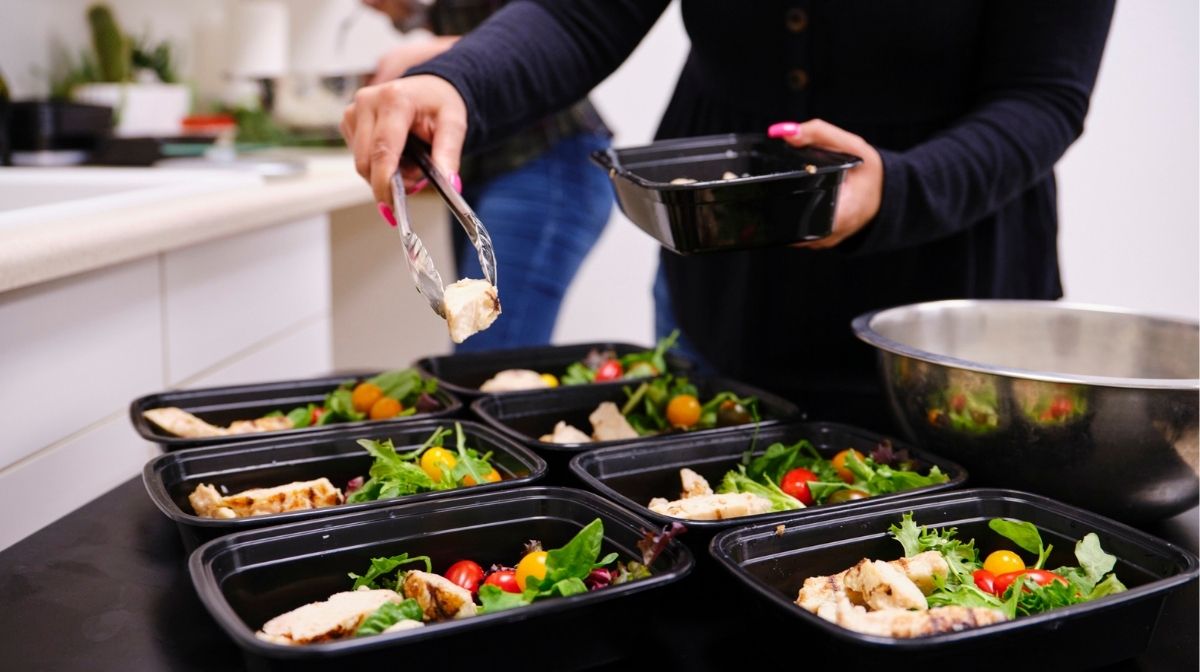
If you know you’re going to be eating out or will be going to an event where there’ll be high-calorie options, factor this into your plan, and consider either adjusting your calorie at another meal or on another day to help balance this out. However, you should try not to make a habit of this, as consistency is key to success.
2. Write It Down
Whether you prefer traditional pen and paper or would rather make a note in your phone, getting into the habit of jotting down when you eat something is an easy way to keep track of your daily calorie intake.
Try to make this something you do after every meal or snack; if you think you’re likely to forget, set up some regular calendar reminders to help keep yourself on track.
3. Use an App
Using an app with a calorie counter feature is another easy way to track your daily calorie intake – and to keep note of any calories you’re burning via exercise.
![]()
Most apps provide reminders via motivational notifications to help keep you on track to your goals. There is usually a visual representation of how many calories you’ve consumed, allowing you to easily see whether you’ve got a few extra calories for another snack or if you need to switch up your meal plan and perhaps go for a lower-calorie dinner instead.
4. Nutrition vs Calories
While calories are key to any successful weight loss journey, so is nutrition. In other words, what you eat is just as important, so make sure you’re consuming calories from healthy sources.
For example, if you’re aiming for 1,500 calories a day, you could eat an entire pizza or enjoy a decadent dessert, but it would be much more nutritious and healthier to spread your calories over three meals and include something from each food group.
5. Make it Easier with OPTIFAST
When following the OPTIFAST diet plan, you’ll consume meal replacement products like our low-calorie Shakes, Bars, Soups and Desserts alongside conventional meals.
